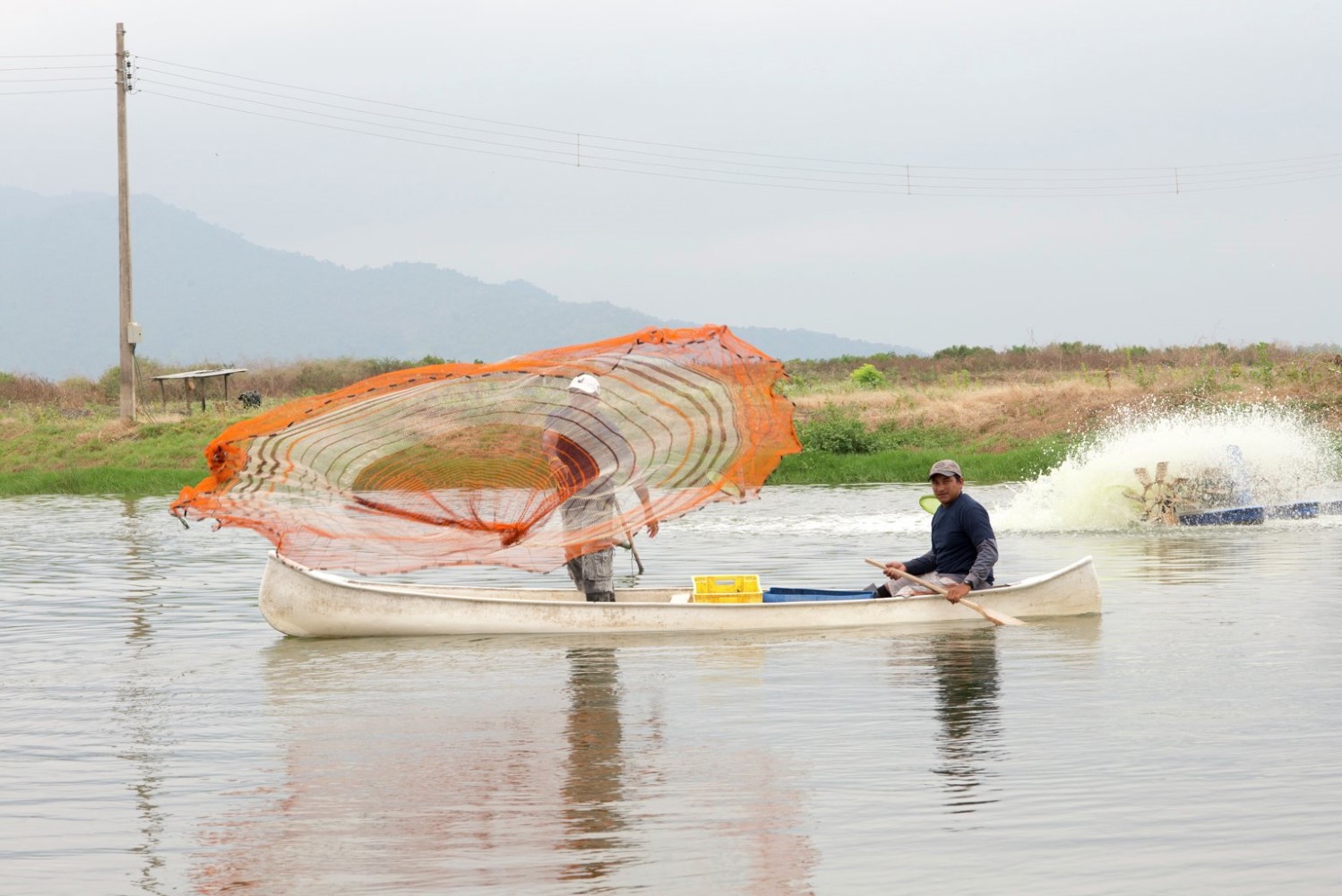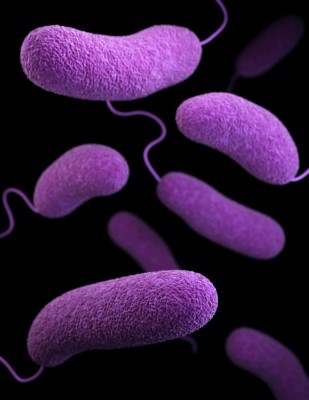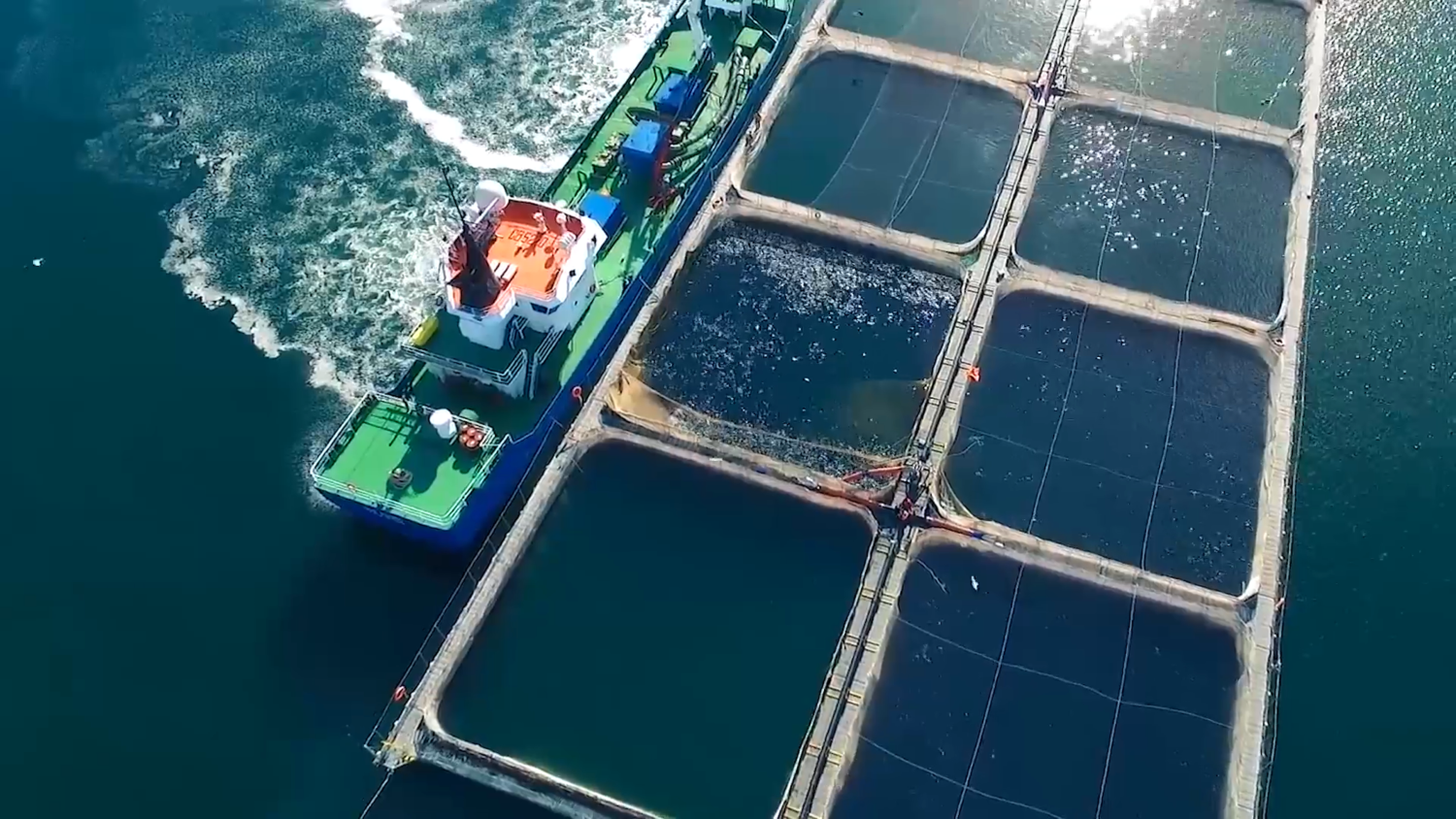Disease challenges that have affected a number of key shrimp production regions around the world in recent years have increased the focus on producing healthier and more robust stocks.
Shrimp farming: Why prevention is better than medicine
Functional ingredients and innovation provide a much more sustainable platform for shrimp production than antibiotics

In addition to establishing very strict sanitary requirements, many shrimp farmers have sought new health-specific diets across the shrimp lifecycle that progress growth and reduce bacterial challenges.
Some, however, still opt to use antibiotics and in doing so may unintentionally be contributing to one of the most serious public health challenges of modern times – antimicrobial resistance (AMR), which threatens the effective prevention and treatment of an ever-increasing range of infections that are caused by bacteria.
Though AMR is a natural phenomenon, its emergence and spread have been vastly accelerated by a culture of excessive antibiotic use, and the use of antibiotics in animal husbandry and the food supply chain is undoubtedly playing a part.
Most shrimp grow-out sites are exposed to the natural environment, which in the past has made it difficult for farmers to protect their stocks from harmful bacteria. However, through considerable R&D, Skretting has confirmed that the right combination of novel functional ingredients in the shrimp feeds will work in synergy to support the functioning of the immune system and to help protect shrimp against hostile threats.
“Thanks to this knowledge and expertise, we have proved that shrimp farmers do not have to rely on antibiotics and risk building up AMR in their stocks,” says Dr Charles McGurk, Manager of Fish & Shrimp Health at Skretting Aquaculture Research Centre (ARC). “The functional ingredients in our feeds enable shrimp farmers to take proactive steps that will support the primary defences of their stocks against environmental threats, while also playing their part in addressing the AMR challenge. At Skretting, we believe this is the way things should be done.”
Carlos Miranda, Managing Director of Skretting Ecuador, adds, “Ecuador is rightly very proud of its shrimp farming industry. Its shrimp are sold throughout the world, including major consumer markets like the United States, the EU and China, which is a very strong position to be in and should be protected. Utilising our world-class R&D, including an unrivalled understanding of the dietary and health needs of aquaculture species, Skretting will continue to deliver innovative nutritional solutions that reinforce these efforts.”
Through its support of Ecuador’s shrimp industry and to help producers’ commercial activities become more proficient and cost-effective, Skretting provides sustainable feeds that deliver positive economic, environmental and social outcomes, as well as tools that can be used to measure progress.
“To ensure the best outcomes, Skretting seeks the best combination of ingredients as well as the ideal dosages. These complete diets – built up in a systematic way to consistently improve shrimp survival – are often the result of longstanding collaborative relationships with some of the world’s leading experts on shrimp diseases and shrimp health,” says Truls Dahl, Global Manager for Health Feeds at Skretting.
Skretting believes that collaboration is also essential to addressing the antibiotic challenge. Indeed, at AquaVision 2016, the 11th edition of the world business conference on aquaculture organised by Nutreco and Skretting in June, Knut Nesse, CEO of the Executive Board of Nutreco, called on the aquaculture industry to respond to the global megatrend of AMR and urged cross-collaboration across the entire value chain to reduce the use of antibiotics.
“Part of the answer will come from preventative health and innovative health solutions,” Nesse told the conference. “As leaders, it is our responsibility to act.”
AMR has reached the point that long-treatable diseases now have the potential to take lives. As a result, the World Health Organisation (WHO) has forecast that annual deaths attributable to AMR will increase from its current level of 700,000 to 10 million by 2050.
Skretting – a producer of sustainable economic aquafeeds
The vision of Skretting and parent company Nutreco is based on the challenge of providing enough food for a global population that is estimated to reach 9 billion by 2050. In addition to a rapidly growing world population and increasing urbanisation, a growing middle class and changing eating habits continue to lead to a sharp increase in protein requirements, particularly in emerging markets. Our ambition is to help meet the growing demand in a sustainable manner. We will do this by continuously searching for innovative ways to increase efficiency and nutritional value of our products, the productivity of our operations and our customers, and by reducing our value chains’ impact on the environment. Because sustainability is in the nature of our business, every year, we publish an Annual Sustainability Report online that provides details of our performance in the previous 12 months and also outlines the goals that will guide us in the years ahead.


